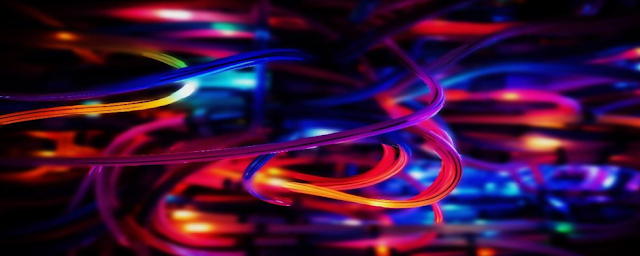Intermediality Connections: Impurity in the Arts
Can the arts be truly "pure"? Can an art form exist entirely independent of any other? Should artistic creation be confined to the specific tools and techniques of its own discipline? Should an art be completely self-sufficient in the creative processes arising from its own artistic specificity?
These are the kind of questions that will be addressed at the upcoming "Narrative, Media and Cognition" Conference at the Lisbon Polytechnic Institute's Theatre and Film School (May 8th-10th).
The conference theme, "Intermediality Connections: Impurity in the Arts," delves into the very notion of artistic purity. Can an unwavering defense of artistic purity lead to isolation and stagnation? Or, does the focused refinement of each art form provide a contrasting background for other forms to express themselves with greater clarity and force?
For a deeper look at the conference theme, here's an excerpt from the presentation text:
"In 1967, Theodor W. Adorno claimed in the essay “Art and the Arts” that “the boundaries between the different arts have become fluid or, more accurately, their demarcation lines have been eroded” (2003:368). Although hybridity has indeed become a growing trend in the arts in recent years, the phenomenon is not new. A closer look reveals that art forms have always been intrinsically hybrid. For example, dance requires the complement of music, although as a series of ritual gestures it may do without it. Architecture, too, in its sacred, aristocratic, or memorial component, usually uses low and high reliefs and statuary. Painting often has an allegorical element to it, representing concepts through archetypical figures – something that also occurs in literature. Theatre from classical antiquity onwards has adapted tragedies and comedies, known in their written literary form as dramas. Sculpture can be polychromatic, borrowing pictorialism from painting. Even music, the most abstract of the arts, is based on rhythm, as are other performing art forms, and may be further combined to generate artistic subcategories such as opera."
The full Conference presentation text is available here, and the Conference program with speaker information and session details can be consulted following this link.
